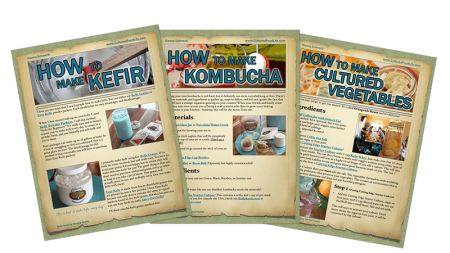
Summer Cultured Vegetables
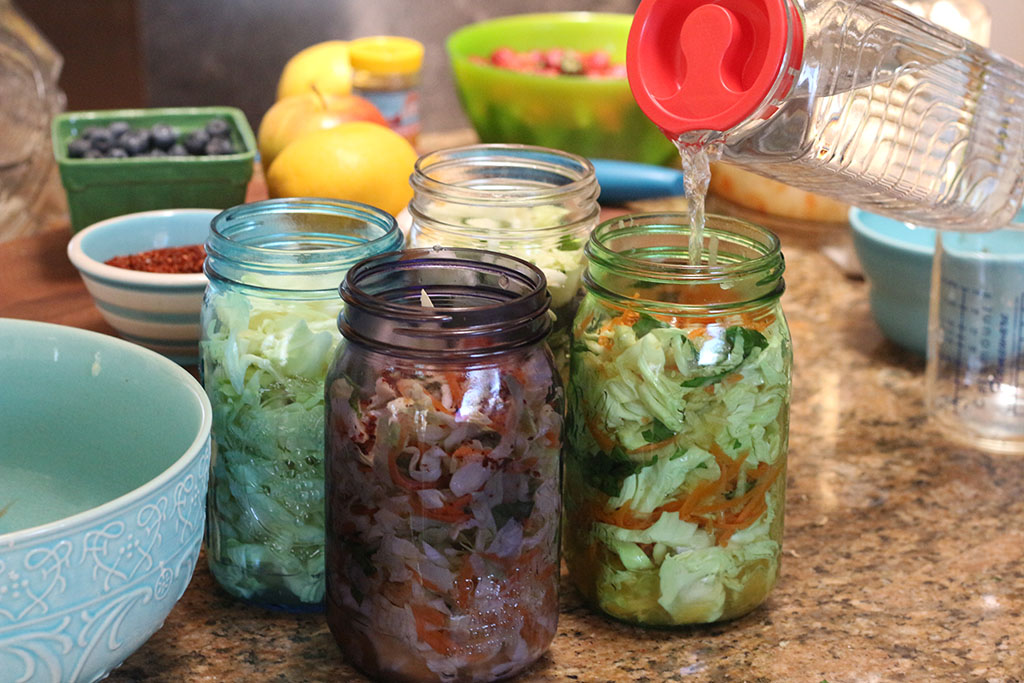
Fermenting foods is an art and it will be unique to you. You have different temperatures and bacteria in your kitchen that are special to you. Fermenting may work slightly differently for everyone, but it still works and you will discover the magic of your own kitchen. In time, your foods will ferment better and better as you grow in your ability and confidence. You have helpers in these unseen microbes that ferment the foods and make them safe for you. They are really doing the work.
This is much easier than you think and I’m here to help if you need it. I have over 76 cultured vegetable recipes on my site not counting the ones in my three books and Ebooks for Biotic Pro Members. If you are new to all of this, first try store-bought versions to see what you like. You can buy cultured vegetables in the refrigerated section of most health food stores. Try them and see how you like them Then you can learn to make your own. The journey of learning new things is the best part, so don’t miss it.
7 Tips For Making Cultured Veggies
1: Gather Your Ingredients
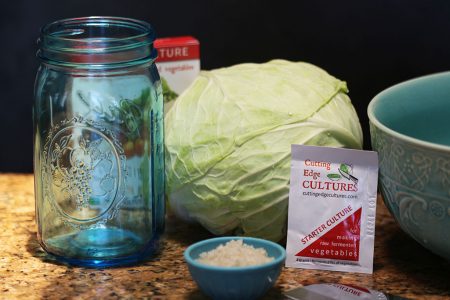
You can culture almost any vegetable. As a general rule of thumb, cabbage takes six days, while most other veggies like carrots, tomatoes, asparagus, etc., can take two to three days. Check out my recipes for more details.
2: Starter Culture
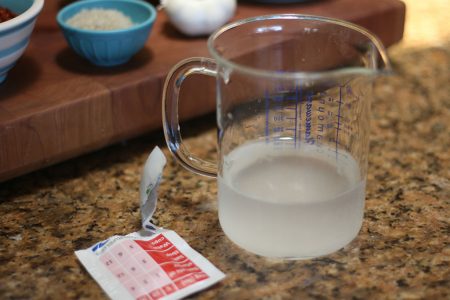
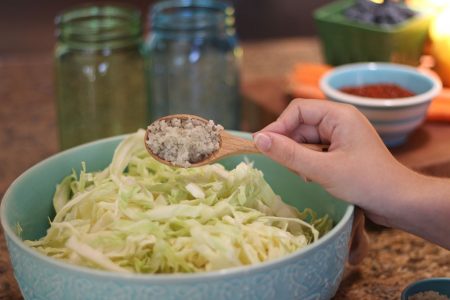
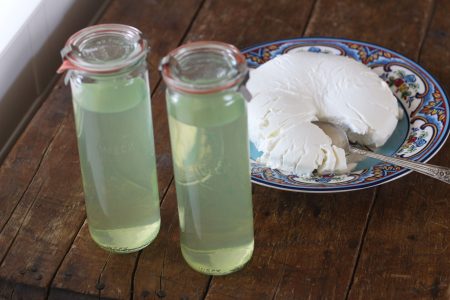
3: Fermenting Time
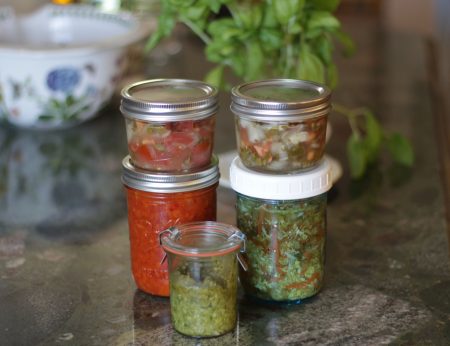
4: Bubbles And Fermenting Properly
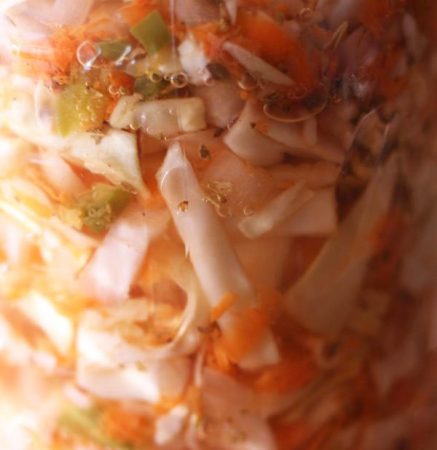
It’s the opposite with canned foods. A raised lid is something to always be alarmed with when canning foods, but in fermentation it is a good sign and means the good bacteria are fermenting and bubbly and doing their job. Canned foods contain no good bacteria (they are all dead) so a raised lid means danger.
5: You Need To Use Salt
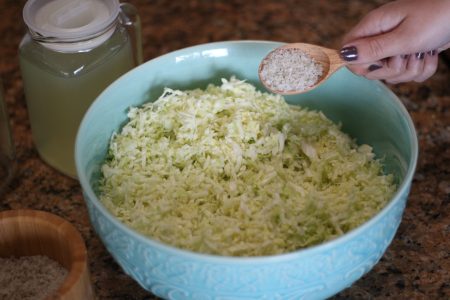
6: Jars For Culturing Your Veggies
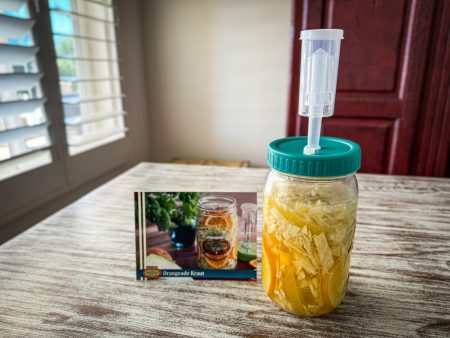
I love using an airlock jar to ferment my cultured vegetables. An airlock is a special gadget that facilitates the process of gas escaping your fermented vegetables while keeping air out. This allows you to make fermented vegetables while greatly reducing and often eliminating the threat of kahm yeast. I also think they taste a little better, but you can use a lid without an airlock and still get wonderful cultured veggies.
7: The Kahm On Veggies
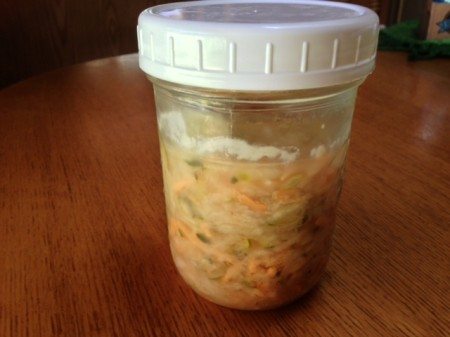
Here are the best ways to prevent this:
- Use fresh veggies: I noticed it most when I used cucumbers and carrots from the store in the winter – when they had sat in my fridge for a while and I hadn’t used them right away. The sooner I used them and cultured them, the less chance I had of developing this kahm yeast.
- Use a culture: When you add Starter Culture, the bacteria stays at a higher level longer than other cultures and methods and helps keep this yeast at bay.
- Keep the vegetables submerged under water: If you keep the vegetables submerged under the water, the good/acidifying bacteria keep this problem at bay.
- Don't over ferment: If you over ferment your veggies longer than the necessary time on the recipes, you have a higher chance of developing yeast (especially on veggies other than cabbage).
- Temperature: Letting them ferment in a cooler temperature is helpful. Cultured vegetables like it a little cooler – between 63 and 75 degrees Fahrenheit. If they do get kahm yeast on them, simply scrape it off and place them in the fridge. The cooler temperature can often cause the yeast to stop developing.
Listen To My Podcast
There is no better time to make cultured veggies than in the summertime! The fruits and veggies are abundant and when you ferment them they'll last nine months in your fridge! Fermentation is a no-sweat endeavor. It's so much easier than canning and you'll get probiotics, enzymes, and increased vitamins in your veggies. Check out my 7 tips for making cultured veggies in the summertime!
References I talked about:
- https://www.culturedfoodlife.com/can-you-reuse-the-brine-for-cultured-vegetables/
- https://www.culturedfoodlife.com/whats-this-on-my-cultured-vegetables/
- https://www.culturedfoodlife.com/can-cultured-foods-hurt-me/
- https://www.culturedfoodlife.com/cultured-vegetables-faqs/
- https://www.culturedfoodlife.com/how-to-make-cultured-vegetables/
Are you on the list?
Sign up today and I'll send you my free Getting Started Guide!
Each week I'll send you updates, tips, recipes, and more! You might even be a winner of my weekly giveaway! (starter cultures, memberships, and more!)
Come be a part of my cultured food family!

